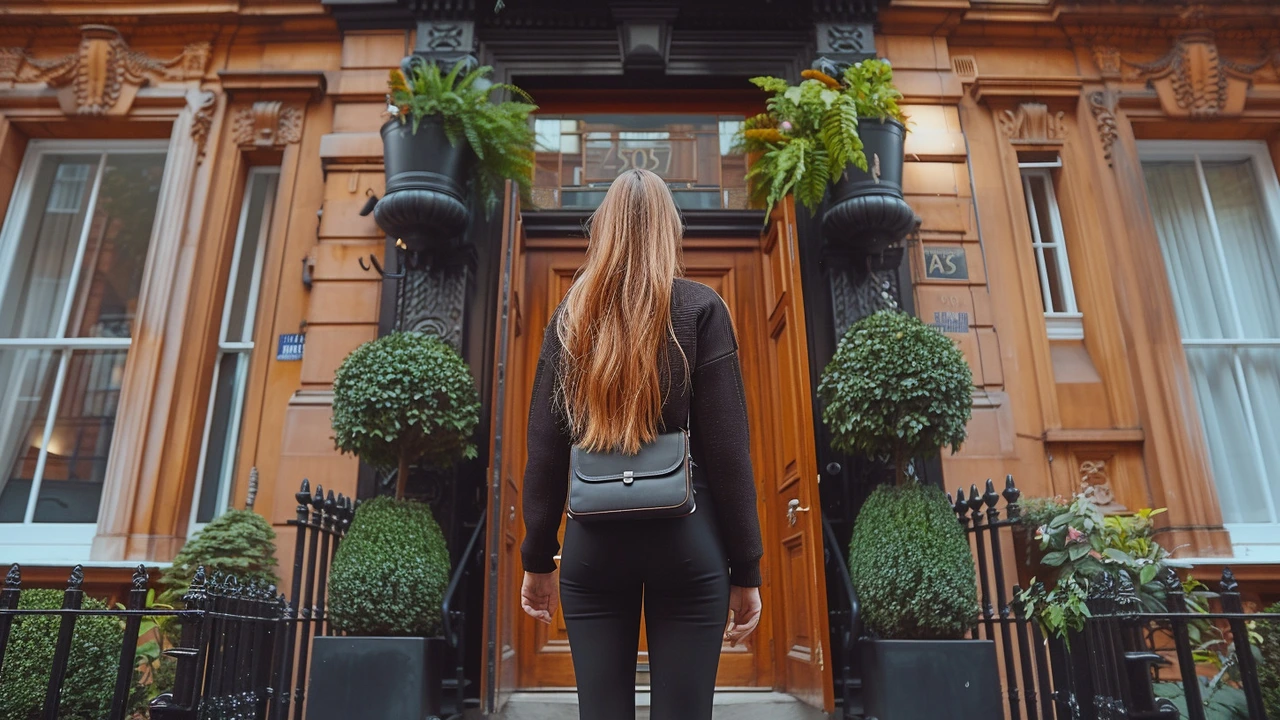Design continuity: How to keep architecture and art connected
Buildings tell stories. When design continuity is strong, streets feel calm, public spaces work better, and art finds a natural home. This page helps you spot continuity problems and fix them without heavy budgets.
Start with patterns. Repeating rooflines, window proportions, and materials tie new work to old. If you replace a facade, match the rhythm of openings and the scale of the cornice. Small moves like repeating a trim profile or aligning floor heights add visual order.
Think about materials next. You do not need the exact stone. Use colors, textures, and joint lines that echo nearby buildings. Modern materials can mimic traditional ones if you choose finishes carefully. Avoid loud contrasts at eye level, save a bolder statement for a rooftop or a courtyard where it will not break the street's flow.
Connections matter inside and out. Sightlines, entry placement, and path width create a flow from sidewalk to interior. Keep main entrances at predictable spots and use transitional steps, canopies, or paving to guide people. Public art belongs where people naturally gather; design continuity helps those spots feel welcoming.
Scale and proportion shape comfort. Human scale facades, predictable cornice lines, and consistent setbacks make spaces feel safe. If you design a taller building, break its mass into smaller vertical sections that respect nearby heights. That preserves rhythm without copying every detail.
Color and detail are the glue. A consistent palette across blocks keeps variety from feeling chaotic. Use trim colors to link buildings, and repeat small decorative elements to create a subtle conversation between old and new. Even street furniture and lighting can reinforce a shared identity.
Policy and rules help. Design guidelines that focus on proportion, rhythm, and materials give architects clear boundaries while allowing creativity. Incentives for preserving key features like bay windows and porches encourage owners to keep continuity alive. Local review boards should compare proposals to immediate neighbors, not a distant ideal.
Practical retrofits are possible on a budget. Paint, new awnings, consistent signage, and repaved sidewalks deliver quick continuity wins. For larger projects, prefabricated panels that echo local patterns cut cost and speed construction. Planting trees in a consistent spacing also ties blocks together visually and improves comfort.
Collaboration beats solo moves. Developers, artists, city planners, and neighbors each hold pieces of continuity. Early conversations prevent clashes and allow art to be integrated rather than tacked on. A public artist on the team can suggest how murals, sculptures, and installations can fit the visual rules.
Design continuity is not about sameness. It is about making changes that respect context and human experience. Do that, and you keep streets readable, art visible, and cities livable.
Start small this week: fix one storefront sign, align a single awning, or plant a tree. Measure impact by how people pass and linger. Small continuity wins build trust, attract better tenants, and boost public art. Try one change and watch the block settle into a clearer visual story.

Why Georgian Architecture Continues to Inspire
In my latest blog post, I'm gushing over the timeless allure of Georgian architecture - you know, those charming 18th-century buildings that continue to make our hearts skip a beat! I explore why this style, with its symmetrical elegance and classic proportions, keeps inspiring architects and aesthetes alike. I mean, who can resist the romantic appeal of grand entrances and sash windows? Not me, for sure! So, join me in this jaunt through architectural history, where I'll reveal why Georgian design is like that perfect little black dress - always in style, always fabulous!
Read more